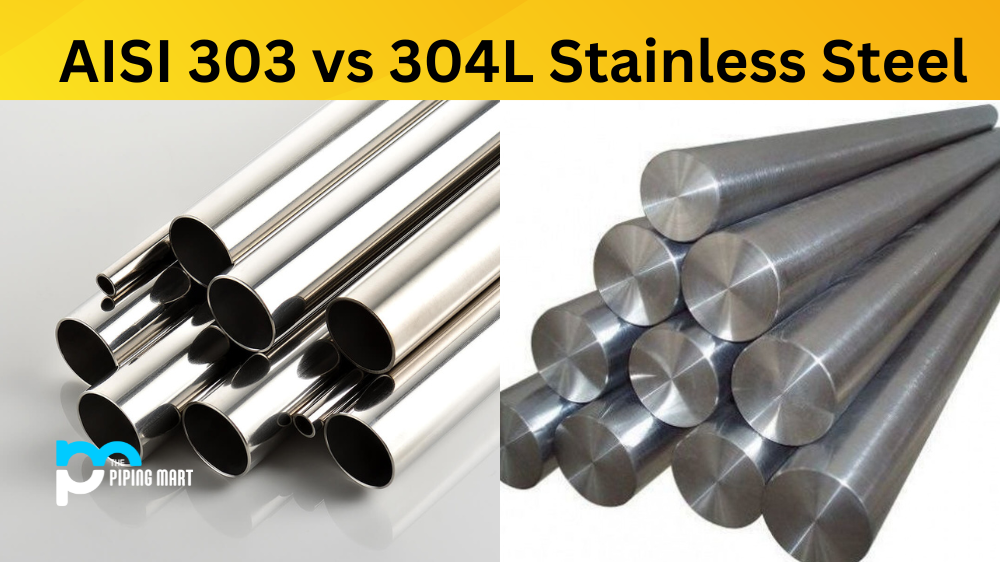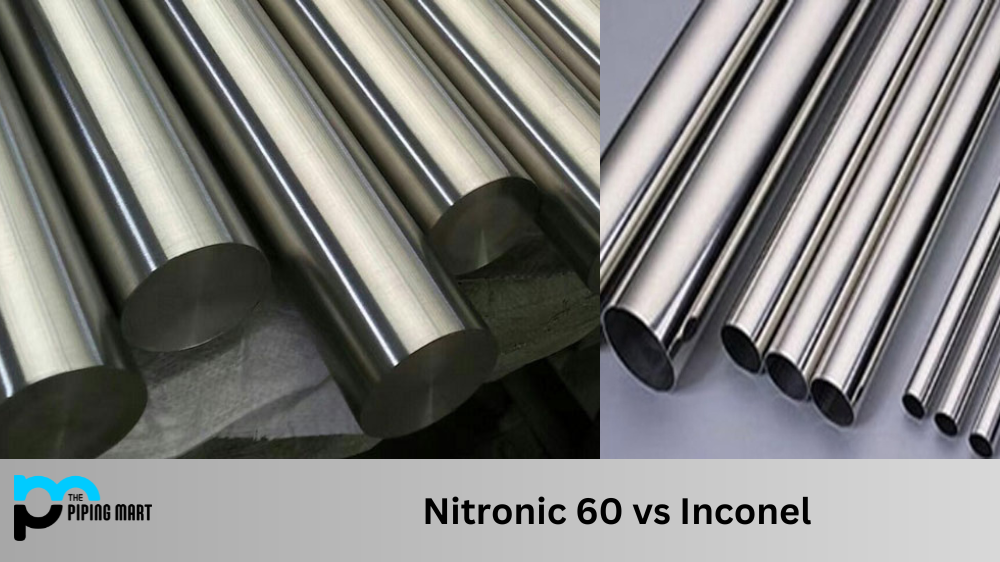While they may look identical, there are some critical differences between AISI 304 and AISI 304L stainless steel. In this article, we’ll take a closer look at the properties that make these two grades of metal different, so you can make an informed decision when choosing between them for your next project.
What is AISI 304?
AISI 304 is an austenitic chromium-nickel stainless steel widely used in many industries due to its excellent corrosion resistance and good formability. It is often referred to as “18/8” stainless steel because it contains 18% chromium and 8% nickel. It also provides good mechanical properties, making it suitable for valves, pumps, and kitchen equipment applications.
What is AISI 304L?
AISI 304L is a low-carbon version of the standard AISI 304-grade stainless steel. This means that it has a lower carbon content than its higher carbon counterpart, which helps reduce its susceptibility to carbide precipitation (the formation of hard particles on the steel surface). This makes it particularly useful in welding applications, as it reduces the risk of cracking due to weld decay. Additionally, its lower carbon content makes it easier to machine than regular AISI 304 stainless steel.
Differences Between AISI 304 and AISI304L Steel
The main difference between these two grades of steel lies in their respective carbon contents; AISI304 contains more carbon than its low-carbon counterpart AISI304L. The increased amount of carbon in regular ASI304 gives it greater strength and hardness than ASI304L but also makes it more susceptible to corrosion due to weld decay. Additionally, common grade ASI304 is more complex and challenging to machine than its low-carbon counterpart.
Carbon Content
The main difference between AISI 304 and AISI 304L is the amount of carbon in each type of stainless steel. AISI 304 contains more carbon than AISI 304L, making it more susceptible to intergranular corrosion.
Weldability
AISI 304L is more weldable than AISI 304 because of its lower carbon content. This means that it can be welded without the risk of intergranular corrosion.
Corrosion Resistance
AISI 304L has better corrosion resistance than AISI304 because of its lower carbon content. This means that it is less likely to rust or corrode over time.
Applications
AISI304 and AISI304L are both used in a variety of applications, such as food processing equipment, kitchen utensils, sinks, and heat exchangers
Conclusion
In conclusion, there are some critical differences between regular-grade ASI304 stainless steel and its low-carbon counterpart ASII304L stainless steel. Regular grade ASII304 contains more carbon than ASII304l, giving it greater strength but making it more prone to corrosion due to weld decay. On the other hand, ASII304L has a lower amount of carbon which helps reduce the risk of weld decay but makes it easier to machine than regular-grade ASII304 stainless steel. When deciding which type of stainless steel is right for your application, consider both the benefits and drawbacks carefully before making a decision! For further information on how these two grades compare or advice on choosing between them for your project needs, please get in touch with our friendly team today!

Abhishek is a seasoned blogger and industry expert, sharing his insights and knowledge on various topics. With his research, Abhishek offers valuable insights and tips for professionals and enthusiasts. Follow him for expert advice on the latest trends and developments in the metal industry.




